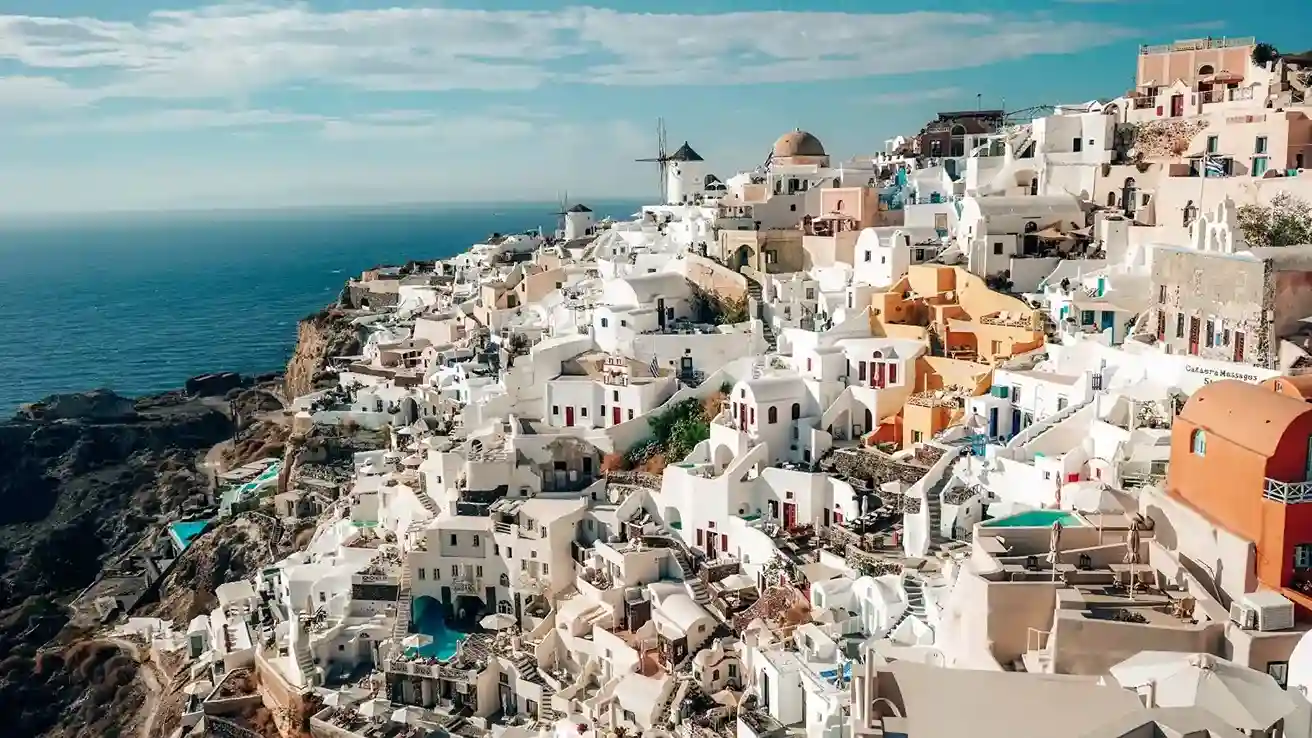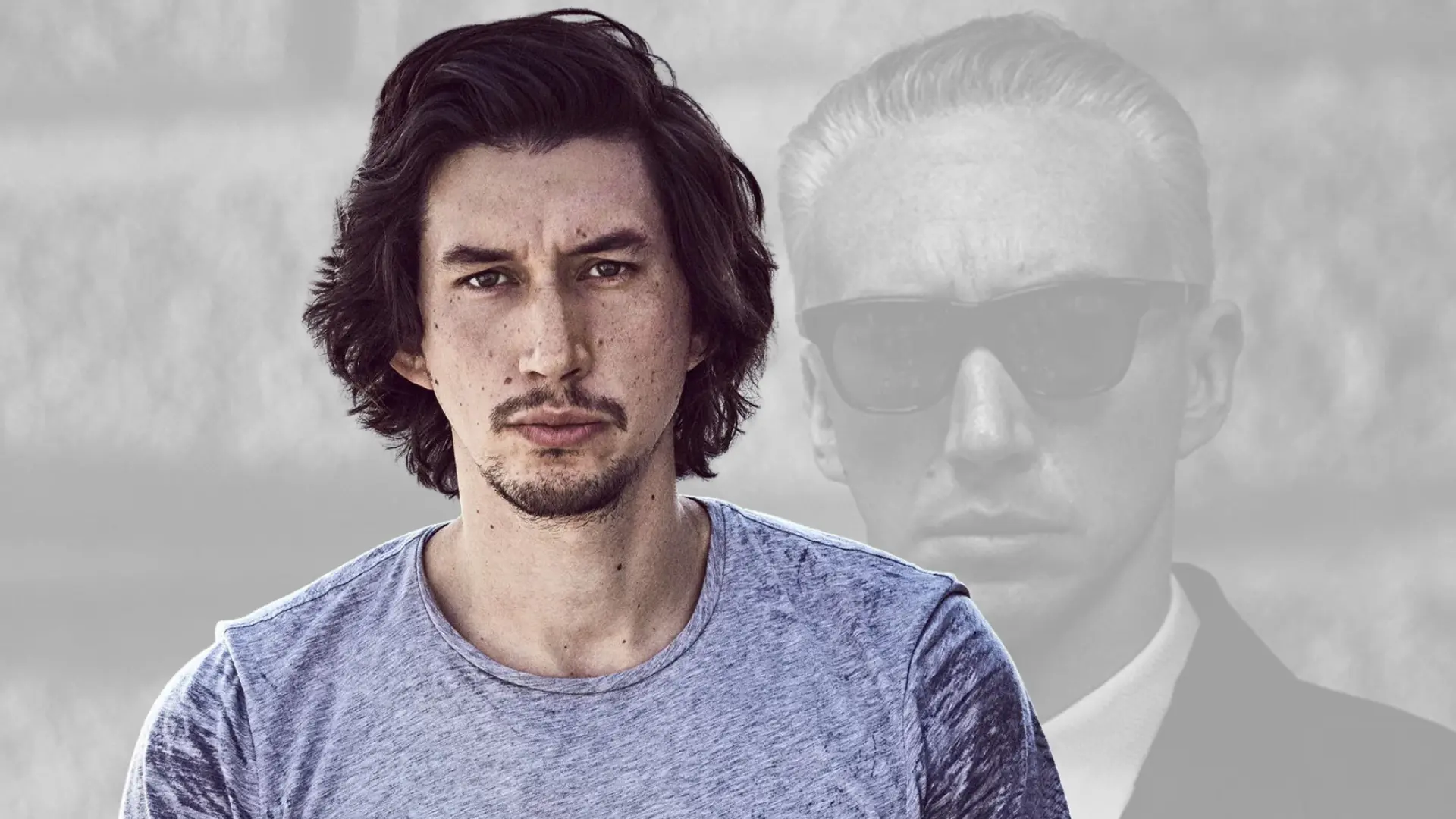Indian Railways: The Lifeline of the Nation
Indian Railways is often referred to as the lifeline of India, playing a crucial role in supporting the country’s economy. My request to this House is to focus on depoliticizing this vital institution and prioritize its development. Railways provide essential transport services for everyone, including the poorest individuals and the middle class. Over the past decade, significant steps have been taken to ensure that railway facilities are accessible to all, catering to both ordinary citizens and the middle class.
#Budgetsession2024 #LokSabha passes the Demands for Grants under the control of the Ministry of Railways for 2024-25.@RailMinIndia @ombirlakota @LokSabhaSectt @AshwiniVaishnaw pic.twitter.com/8ChS0gqTm5
— SansadTV (@sansad_tv) August 1, 2024
2. Increased General Coaches: There is a growing demand for general coaches. To address this, production of around 2,500 additional general coaches has been initiated. Soon, every main express train will feature four general coaches.
3. Amrit Bharat Trains: Prime Minister Modi envisioned trains with world-class facilities at minimal costs. Two Amrit Bharat trains have already been inaugurated: one from Malda to Bangalore and another from Darbhanga to Delhi. Due to their popularity, the PM has decided to manufacture 50 more of these trains.
4. Indigenous Design: In 2015, the decision was made to design world-class trains using Indian engineers and technology. This move aimed to end the reliance on foreign technology transfers. Today, these trains are providing over 100 services.
5. Nationwide Expansion: When rolling out Vande Bharat trains, PM Modi emphasized their availability across all regions of India, from Kerala to Assam and Jammu Kashmir to Tamil Nadu.
6. Regional and Long-Distance Travel: For short distances, a new design, Vande Metro, is being tested and will soon be launched. Similarly, the Vande Sleeper design is in the testing phase for long-distance travel.
#WATCH। पिछले 10 वर्षों के दौरान रेलवे में हुई भर्तियों की संख्या पर लोक सभा में बोले रेल मंत्री @AshwiniVaishnaw#Budget2024 #LokSabha @RailMinIndia pic.twitter.com/cUwebjgwJ7
— SansadTV (@sansad_tv) August 1, 2024
Passenger Safety:
– Unmanned Crossings: All unmanned crossings were closed in 2019 as part of focused safety measures.
– Technology Upgrades: From 2004-2014, only 800 stations had electronic interlocking. However, by 2024, 2,964 stations will be covered.
Kavach System: This safety system, designed to prevent collisions, has seen significant improvements since its introduction. The latest version, Kavach 4.0, was approved in July 2022, with training provided to over 8,000 engineers. The average number of accidents has decreased by 68% since the UPA era. Although this is an improvement, efforts to reduce accidents further are ongoing.
What is Kavach? This Indian Made System Could Have Prevented Kanchanjunga Express Accident
9. Technological Innovations: Ultrasound machines have been introduced to detect rail fractures more easily.
10. Past Criticisms: During Mamata Banerjee’s tenure as Railway Minister, much praise was given for reducing accident rates from 0.29 to 0.19 per million train kilometers. Today, with the rate down to 0.03, criticisms still arise.
The focus remains on enhancing rail safety, improving services, and ensuring that Indian Railways continues to serve as a robust lifeline for the nation.
















